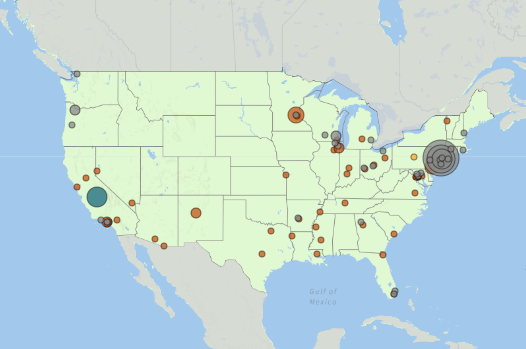2024’s Year of Elections May Fuel World’s Violent Conflicts
The harshest blows of conflict in 2024 will likely fall on the world’s countries that are already the worst hit by violence. In 2023, 97% of all political violence occurred in 50 countries, as ranked by the ACLED Conflict Index. In 2024, our new Conflict Watchlist suggests that many of these same conflicts — fueled by political competition, regional crises, and civil disputes — will catalyze more violence in several of these states.
The unprecedented number of elections this year could be a key driver of domestic violence and international spillover in 2024: they include planned races in Mexico, the United States, and Russia; contested election results in the Democratic Republic of Congo; and a new government taking office in Haiti. Perhaps most prominently, the outcome of the US general election alone could have serious knock-on effects on cartel violence in Mexico and the deadly conflicts in Ukraine and Palestine (and Yemen’s Houthis by extension). National and local elections in Mexico will likely catalyze armed groups’ targeting of election-related figures, elevating already extreme levels of violence.
In several regions of the world, violent contests for power present a long-term challenge to stability and threaten civilians caught in the crossfire. The decades-long insecurity in the Sahel is entering a new phase, as junta-driven state forces resort to more aggressive tactics. In Sudan, the Rapid Support Forces (RSF) takeover in Darfur could further prolong the fighting, which has already displaced millions of people and led to thousands of reported fatalities since it began in April. Meanwhile, the struggle between military junta and a disjointed resistance front in Myanmar enters its third year of violent repression and attacks against civilians, but may be at a turning point as coordination among resistance groups builds momentum.
In ACLED’s new Conflict Watchlist, we identify 10 crisis areas that are likely to evolve in the coming year. The Watchlist goes beyond a snapshot of violent hotspots; these local, national, and transnational conflicts represent some of the most complex crises in the world.
Conflicts:
Violence is expected to continue across the Palestinian territories, including after the current high-intensity fighting in Gaza ends. Tensions in the West Bank, already alarmingly high before 7 October, have escalated even further in recent months, as clashes between Palestinian armed groups and the IDF have intensified and settlers have ramped up violence.
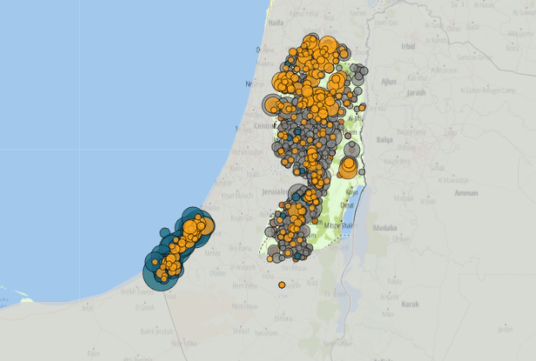
The domestic situation in Yemen remains tense despite the recent announcement of an imminent roadmap under UN auspices. A regional escalation in the Red Sea could nevertheless derail ongoing peace efforts and lead to a resurgence of the conflict. This intricate situation results in domestic, regional, and international actors finding themselves in diverse predicaments.
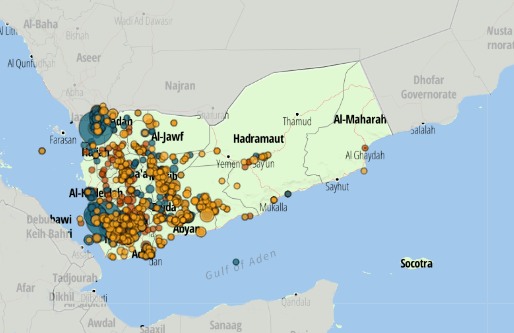
Emboldened by its successes in Khartoum and Darfur, and the lack of diplomatic efforts to achieve a complete ceasefire, the Rapid Support Forces (RSF) is moving southward and eastward to force the Sudanese army (SAF) into submission.

The military juntas that rule Burkina Faso, Mali, and Niger are likely to continue to shape the region’s security policies in 2024. Their rise across the Sahel ushered in a new era, leading to the withdrawal of French troops, the termination of the United Nations peacekeeping mission to Mali, and the entrenchment of Russian mercenaries.

After the national elections in December, the recently re-elected President Félix Tshisekedi will oversee multiple security threats, the drawdown of international military and peacekeeping forces, and a troubled relationship with several eastern neighbors — especially Rwanda.
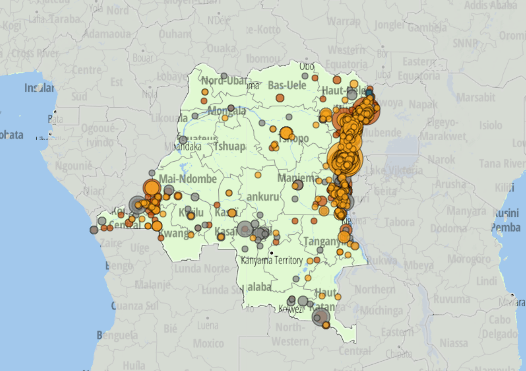
Although embroiled in an attrition war, Ukraine and Russia are rapidly evolving their weapon use and tactics. Subsequently, the fog of war is thickening despite the battlefield being nearly transparent thanks to the omnipresence of reconnaissance drones.
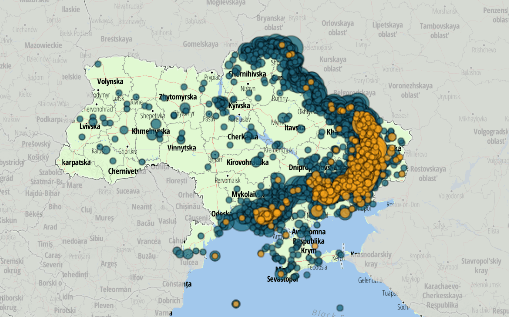
Despite multiple setbacks, fighting between the Myanmar military and resistance forces is likely to continue in 2024. The NUG’s strategy of “all roads lead to Nay Pyi Taw” has led the military to take action to further fortify the capital, increasingly under threat of infiltration from the resistance forces.
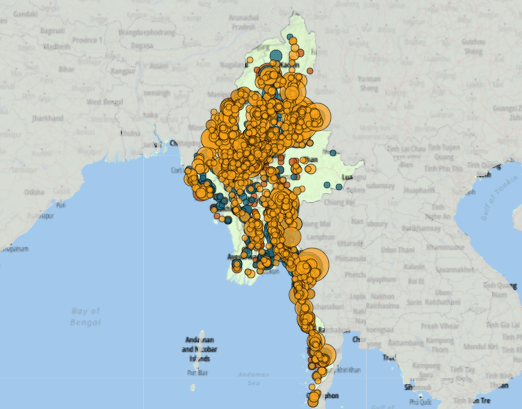
The intensification and ongoing spread of gang violence to new areas of Haiti highlights the government’s inability to address the security crisis. The diffused nature of violence has pushed Haiti to the number eight ranking in the ACLED Conflict Index, a significant jump compared to the past year.

Mexico ranks among the world’s most extreme conflicts in the ACLED Conflict Index, a position it is unlikely to cede, as the flow of people and drugs to the United States — two key drivers of conflict between criminal groups — are at all-time highs, while the 2024 general elections are likely to kindle political violence.

Current turbulence in the US threatens to reinvigorate smoldering domestic divides in the lead-up to the elections. A contentious campaign period may lead to intimidation and violence at polling places, as well as renewed mobilization by opportunistic far-right groups around claims of voter fraud, anti-LGBTQ+ legislation, and access to abortion.
